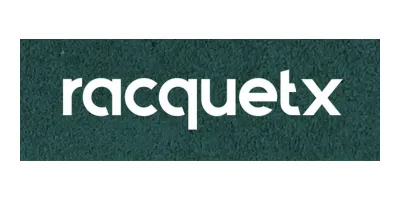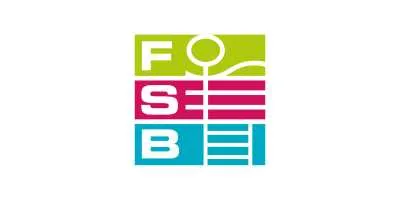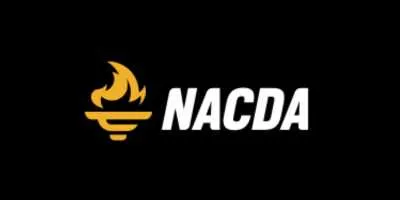Sports lighting projects in North Carolina: Checklist for High Schools

Sports lighting installation and retrofit projects are often time and cost-intensive and require meticulous planning before getting started. High schools more often than not work on a tight budget which is why understanding the requirements and standards is essential to get the installation right the first time.
In this article, we go through a checklist of things project team members at high schools in North Carolina should know about in the planning phase of a sports lighting installation project to ensure a safe playing environment for your students and a quality spectator experience for the people cheering in the stands.
If you are interested to know how much it would cost to install a new LED sports lighting system or retrofit LEDs to an existing lighting system in North Carolina, try our sports lighting cost calculator.
1. LED is the way to go!
Traditionally most high school sports fields and stadiums in North Carolina and across the US have opted for a metal halide sports lighting system due to the excellent quality of light it emits. However, metal halide lighting systems are becoming obsolete thanks to new sports lighting innovations such as LED technology.
LED sports lighting systems are being installed all over the United States thanks to their vastly longer lifespan, savings in energy consumption, environmental friendliness, and excellent quality of light. High schools should not be put off by the higher upfront installation costs because there are grants available at the federal, state, and local levels as the government is pushing sports facility operators to upgrade to LED technology. Find potential led sports lighting grants in our funding and grants section.
2. Understand how much light is needed on the playing surface
The quantity of light is measured in foot candles. One foot candle is the equivalent of the amount of light needed to light up a one square foot surface area, one foot away from the light source.
Therefore the amount of light needed for a sports field depends on the size of the playing surface area. The North Carolina High School Athletic Association has determined the minimum lighting requirements for high school ballparks:
- Baseball & Softball (infield / outfield): 50 fc / 30 fc
- Football, Soccer, Lacrosse, Field Hockey, Rugby (training fields): 30 fc
- Football, Soccer, Lacrosse, Field Hockey, Rugby (up to 5,000 spectators): 50 fc
- Football, Soccer, Lacrosse, Field Hockey, Rugby (5,000 or more spectators): 100 fc
- Tennis: 50 fc
- Gymnasiums (training and recreational): 50 fc
- Gymnasiums (events with spectators): 80 fc
- Track and field (track events only): 20 fc
- Track and field (track and field events): 30 fc
The light also needs to be evenly distributed across the playing surface to ensure there are no dark spots on the field, players are not blinded by the lights and the light does not spill over to neighboring residential areas, etc.
Typically a professional sports lighting contractor checks the uniformity of the light on the whole pitch in the lighting design phase by performing a photometric study. It is essentially a 3D computer rendering of the designed sports lighting system that considers all the necessary features of the lighting system.
3. Recommended features for your new LED sports lighting system
LED sports lighting systems come with new features that owners of metal halide lighting systems can only dream of. Make sure to ask your lighting contractor if the proposed solution offers these features:
- Dimming: the ability to control the lighting level depending on what type of event is taking place on the field. Lighting levels can also be adjusted to different levels for different parts of the sports facility (for example gymnasiums).
- Glare and spill control: avoid complaints from enraged neighboring residents by limiting the light to the playing surface area only. Also, make sure your contractor is aware of the local rules and regulations for light spill and glare.
- Wireless controlling system: control, schedule and adjust lighting levels using a mobile app. Make sure to get training from the sports lighting contractor to understand how to properly adjust the settings.

4. Does your sports lighting contractor offer after-sales services?
Once your brand new LED sports lighting system is installed and ready to be switched on, make sure to do a test run with the lighting contractor to test the quality and quantity of the light. As mentioned above, there are certain minimum lighting standards and requirements in North Carolina that need to be met especially if you are hosting sporting events with large crowds or broadcasting games on TV.
Discuss with your sports lighting installer about the after-sales services and maintenance they offer. Typically professional lighting companies offer maintenance programs that cover regular maintenance tasks such as relamping (only metal halide), cleaning, monitoring, aiming, and alignment. Before the start of every season, the lighting system needs to be audited to ensure that it meets the lighting standards in North Carolina.
5. What are the life cycle costs of an LED sports lighting system in North Carolina?
The lifecycle costs of an LED sports lighting system in North Carolina depend on the installation, maintenance, and running costs. These costs vary depending on
- if you are installing a new lighting system or retrofitting LEDs to your existing infrastructure
- electricity costs
- labor costs
Installing a new LED sports lighting system in North Carolina typically costs somewhere around $25,000 and $420,000 depending on the quality of the fixtures, size of the playing surface, and level of competition. You can imagine that a pickleball court lighting system will cost less than installing floodlights for a full-sized soccer field.
If you are planning to retrofit LEDs to your existing lighting poles, you will save a significant amount of money because you won’t have to get involved with wiring or installing the light poles.
Once the new lighting system is installed your upkeep costs start running. LED sports lighting systems consume around 50-75% less energy than metal halide systems. So, if you currently operate a metal halide system you can pretty easily calculate how much you will be saving with LED technology.
Calculate the cost of your LED sports lighting installation or retrofit project in North Carolina
We have created an easy-to-use LED sports lighting cost calculator that provides you with a customized cost breakdown for your lighting project in a matter of minutes.
We can also hook you up with some of the leading sports lighting companies in North Carolina when you are ready to compare quotes from potential installers.











